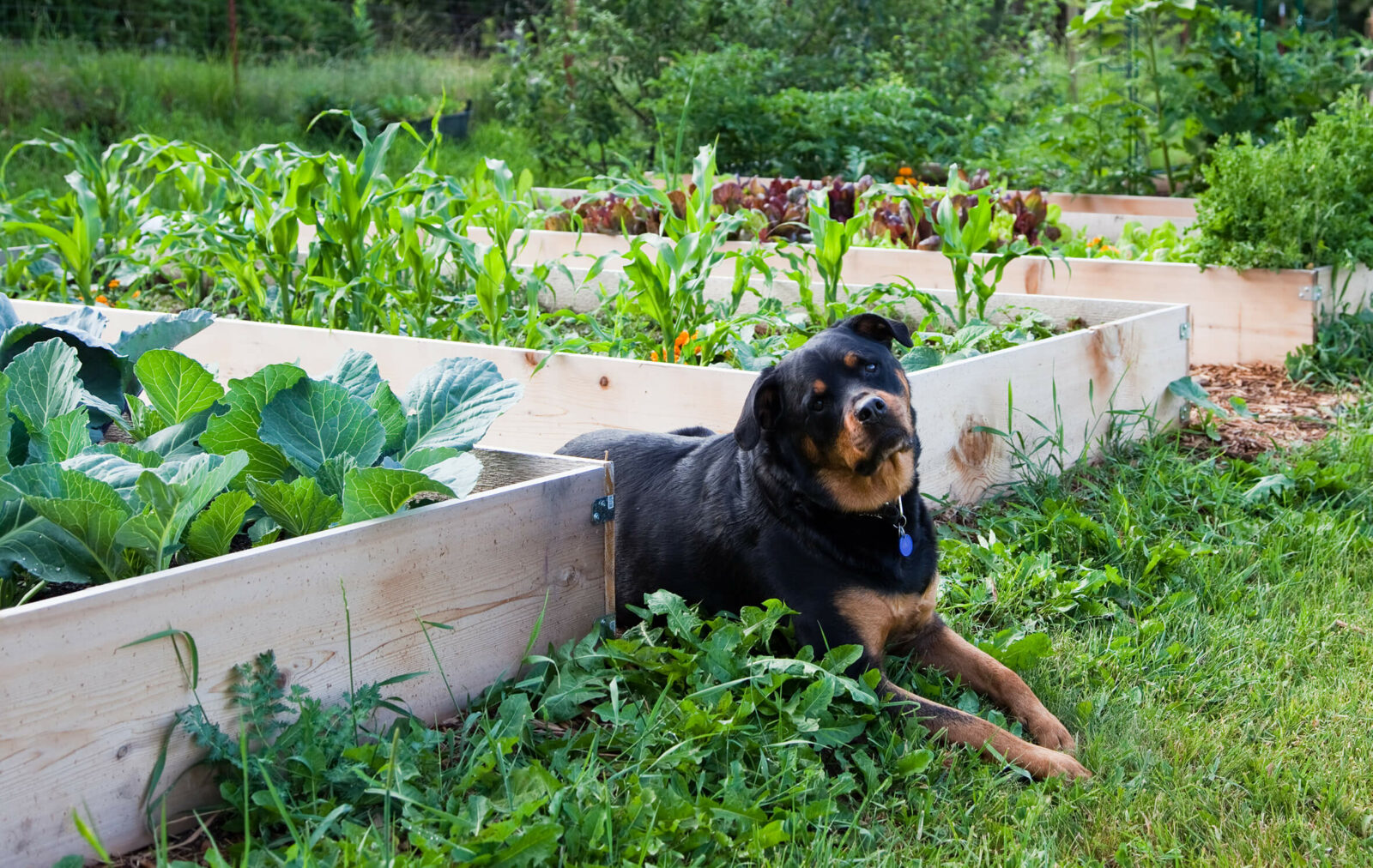Blog, General dog nutrition
Boost your dog’s health with fruits & vegetables
Updated February 2024, by Kristina Johansen
Many of us have heard the famous saying: “An apple a day keeps the doctor away”. Some people consider it an old wives’ tale with no real significance. But what if this saying has some truth to it? What if including fruits and vegetables in our dogs’ diet could improve their health – and even help keep the vet away?
Small – but mighty
Whether you believe the old wives’ tale or not, adding fruits and vegetables into your dog’s diet is crucial for their health. Although small, these foods are powerhouses of essential nutrients that help your dog’s body carry out many vital functions.
Let’s take a closer look at the diverse range of nutrients that fruits and vegetables have to offer.
Vitamins
Fruits and vegetables are vital sources of vitamins – essential for maintaining good health. Vitamins like A in carrots and sweet potatoes support vision and immune function. Vitamin C, in fruits like blueberries, acts as an antioxidant, enhancing the immune system and reducing inflammation. B vitamins in leafy greens aid in energy metabolism, while Vitamin E, found in spinach, offers skin and coat health benefits.
Minerals
Just like vitamins, minerals in fruits and vegetables play a crucial role in your dog’s health. Calcium, found in broccoli and kale, is essential for strong bones and teeth. Potassium, found in bananas, supports the function of the heart and muscles. Iron, present in spinach, is vital for healthy blood cells, while magnesium, found in green beans, aids in muscle and nerve function.
Fibre
Fibre found in fruits and vegetables is important for maintaining your dog’s digestive health. It helps in regulating bowel movements and promotes a healthy gut microbiome. Foods like apples and pumpkin are high in fibre, which helps in managing your dog’s weight and prevents constipation. Fibre also has a critical role in controlling blood sugar levels, which is essential for diabetic dogs. By regularly including fibre-rich foods in your dog’s diet, you can ensure a well-functioning digestive system, which contributes to overall health.
You can learn more about fibre and its different types in this blog post:
Fibre: the importance of an often overlooked nutrient
Phytochemicals
Although they’re somewhat unknown compared to other nutrients, phytochemicals found in fruit and vegetables are important nutrients for dogs.
Literally translated as plant (phyto) chemicals, this group of compounds help give fruits and vegetables their vibrant colours, unique smells, and distinctive tastes. These natural compounds, found in foods like carrots (beta-carotene) and blueberries (anthocyanins), have antioxidant properties. They help reduce the risk of chronic diseases, combat inflammation, and support immune function. Lycopene in ripe tomatoes and flavonoids in kale are other examples that contribute to heart health and cancer prevention. Incorporating a variety of these foods into your dog’s diet can help harness these protective benefits.
These examples highlight just some beneficial compounds in fruits and vegetables that can significantly enhance your dog’s health. Naturally, this leads to an important question: Which fruits and vegetables offer your dog the most nutritional benefits?
Choose a rainbow of colours
Because every fruit and vegetable has its unique composition and combination of vitamins, minerals, phytochemicals, etc., the idea is to feed a variety of colours, such as:
- Green of broccoli, kale, cucumber and spinach
- Red of beetroot, raspberries, bell pepper and apple
- Orange of carrots, sweet potatoes, pumpkin and cantaloupe
- Yellow of mangos, squash, pineapple and banana
- Blue-purple of blueberries, blackberries and red cabbage.
See what your dog enjoys and add some of these fruits and vegetables to their diet. Don’t overfeed, and always introduce one fruit or vegetable at a time to test for tolerance.
Never feed leeks, onions, grapes or garlic, as these are toxic to dogs.
7 easy ways to get your dog to eat their fruit & veggies
If your dog isn’t a fruit & vegetable lover, try these easy tips to get started:
- Purée fruit and veg. Remove excess water, add a broth, and pour over your dog’s food.
- Cooking fruit and vegetables and then mashing them up can make them easier for your dog to eat.
- Sometimes, simply chopping fruit and vegetables into small pieces and adding them to your dog’s food can be a good idea.
- Grate the fruit and vegetables into their dinner – it makes it easier to eat and hide, too, if you have a picky eater.
- Some dogs don’t like cooked vegetables, so give them raw instead. A lot of dogs like raw carrots because of their sweetness.
- Adding fruit and vegetables to your homemade treats can make them more appealing and appetising for your dog.
- Try offering your dog a mix of fruit and vegetables – from courgettes to cauliflower, blueberries to apples. And don’t give up. Just because they don’t like one particular fruit or vegetable doesn’t mean they won’t want any. Perseverance is key.
Additional reading:
Fibre: the importance of an often overlooked nutrient
What are antioxidants, and are they good for dogs too?
Should you boost your dogs immune system?
Did you find our blog interesting? Feel free to share by using the super-easy share buttons below.

